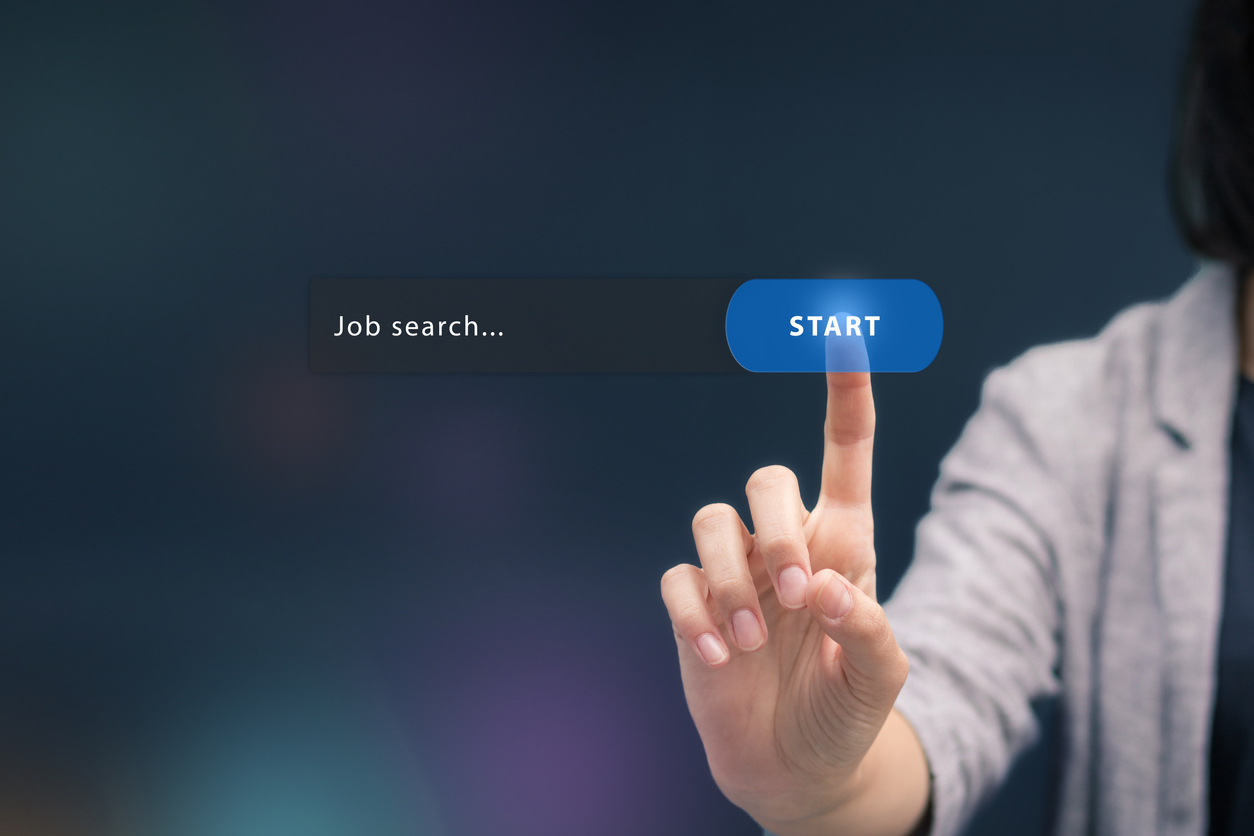
LinkedIn has become one of the most popular mediums to use when sourcing candidates. With this rise in activity, the prevalence of fake LinkedIn accounts has also become a significant issue. For those employers that are trying to find top talent, this can pose some serious concerns and setbacks. Some accounts are completely fraudulent, while others are overly exaggerated.
How to Tell a LinkedIn Profile is Fake
Fake LinkedIn profiles can seem so real but if your clients are aware of the red flags, fraudulent accounts can be easier to recognize.
Unusual Invites
If there is an unusual increase of invites from people from the same company, this is often a sign of fraudulent accounts. Quite often, scammers use well-known companies such as Microsoft, Oracle, Bank of America, etc. Another common sign is getting many requests from people with very similar and generic headlines.
Suspicious Profile Image
Receiving an invite with a profile photo that looks like a stock photo is a very likely indicator of a fraudulent LinkedIn profile. You may even want to do a Google search for the image. While there are many real people that use logos as their image, a generic picture, such as a flower or another random object, can also be a warning sign. If a celebrity image is used, that is pretty much a dead giveaway.
Lack of Information
Does the profile lack any real personal information about that individual? Or are there mostly generic statements without specificity in the “Summary” and “Experience” sections? These are sure signs that their profile is fraudulent.
Profiles by real people often include a mix of personal details such as volunteering, interests, education, recommendations and the use of the first-person writing in the “Summary” or “Experience” sections. Not that profiles written in the third person are fake, but profiles written in the first person are less commonly found to be fake.
Work History
Fraudulent accounts often have work histories that do not add up. A quick scan through someone’s work history can help check for natural progressions in their career or if there are unexplainable discrepancies. Look for:
- Huge employment gaps
- Random jobs
- Questionable promotions
- Generic job descriptions leaving you wondering what they actually did
Connections and Engagement
LinkedIn is primarily used to connect with more people within professional networks. A genuine profile will have a well-balanced mix of individuals among its connections. If all the connections look suspicious as well, there’s a good chance it’s a fake account.
LinkedIn is all about engaging with others and the content that is found relevant and interesting to each individual person will vary. However, it is smart to keep in mind that profiles by real people will tend to reveal their interests and if the account lacks any real conversation or interaction with other profiles, then it is a likely indicator of a fake account.
About World Wide Specialty Programs
For the last 50 years, World Wide Specialty Programs has dedicated itself to providing the optimal products and solutions for the staffing industry. As the only insurance firm to be an ASA commercial liability partner, we are committed to that partnership and committed to using our knowledge of the industry to provide staffing firms with the best possible coverage. For more information about Staffing Professional Liability Insurance or any other coverage, we have available to protect your staffing business, give us a call at (877) 256-0468 to speak with one of our representatives.


